Home>Gardening & Outdoor>Landscaping Ideas>Why Does Grass Grow Mushrooms
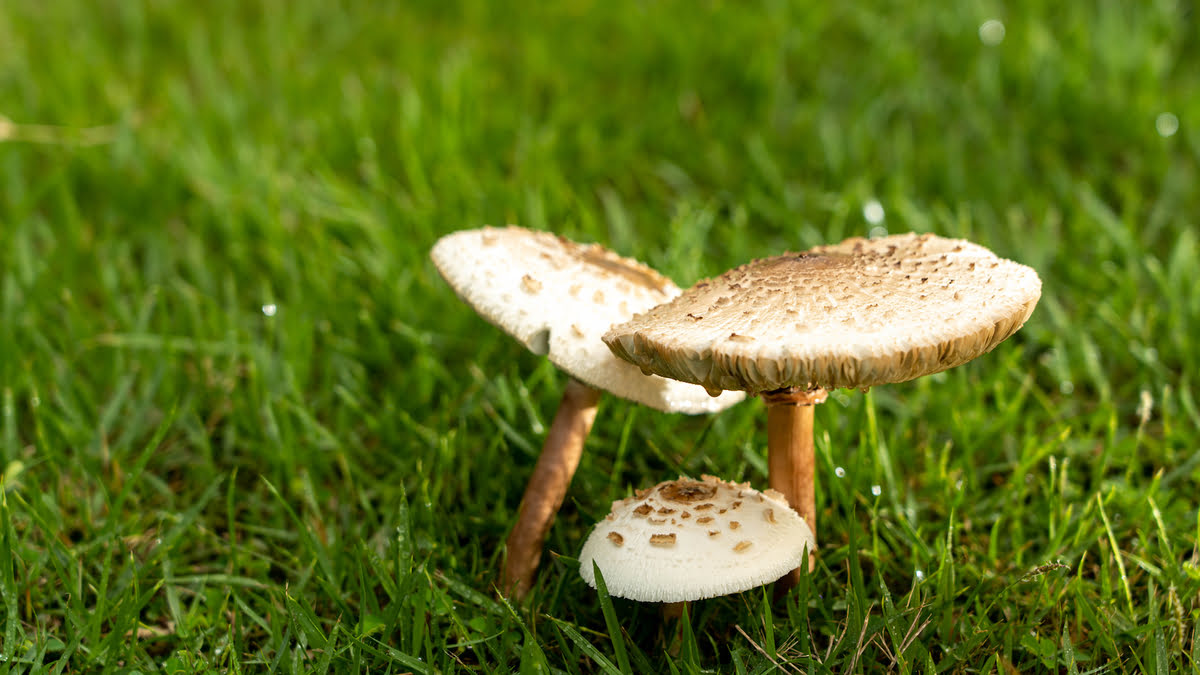

Landscaping Ideas
Why Does Grass Grow Mushrooms
Published: January 29, 2024
Discover how landscaping ideas and practices can impact the growth of mushrooms in your lawn. Learn why grass may foster the growth of mushrooms and how to address it.
(Many of the links in this article redirect to a specific reviewed product. Your purchase of these products through affiliate links helps to generate commission for Storables.com, at no extra cost. Learn more)
**
Introduction
**
Grass and mushrooms are two elements commonly found in outdoor landscapes, and their coexistence often raises questions and curiosity. Observing mushrooms sprouting in a luscious green lawn might prompt one to wonder about the relationship between these two natural entities. In this article, we will delve into the intriguing connection between grass and mushrooms, exploring the factors contributing to mushroom growth in grass and the impact of this phenomenon on the surrounding environment. Understanding the dynamics at play can provide valuable insights for homeowners, landscapers, and gardening enthusiasts. Let's embark on a journey to uncover the mysteries of why grass grows mushrooms and the implications of this fascinating occurrence.
Key Takeaways:
- Grass and mushrooms have a special relationship, with mushrooms helping to recycle nutrients and enrich the soil, supporting the health and growth of grass and other plants in outdoor landscapes.
- Factors like moisture, organic matter, and soil composition contribute to mushroom growth in grass, adding a beautiful and temporary dimension to outdoor spaces while benefiting the ecosystem.
Read more: Why Do Mushrooms Grow In Grass
The Role of Fungi in Soil Health
Fungi play a crucial role in maintaining soil health and promoting the overall well-being of the ecosystem. As integral components of the soil microbiome, fungi contribute to nutrient cycling, decomposition, and the formation of symbiotic relationships with plants. Mycorrhizal fungi, in particular, form mutually beneficial associations with the roots of grass and other plants, enhancing their ability to absorb water and essential nutrients from the soil.
Furthermore, fungi aid in breaking down organic matter, such as dead plant material and decaying wood, into simpler compounds, thereby facilitating the nutrient enrichment of the soil. This process of decomposition not only recycles nutrients but also contributes to the improvement of soil structure and aeration. Through their intricate network of hyphae, fungi bind soil particles together, promoting stability and reducing erosion.
In essence, fungi serve as nature's recyclers and facilitators of nutrient exchange, playing a pivotal role in sustaining soil fertility and supporting the growth of vegetation, including grass. Understanding the beneficial functions of fungi in soil health is essential for comprehending the interconnectedness of the natural environment and the factors influencing the growth of grass and other plant life.
The Relationship Between Grass and Mushrooms
**
Grass and mushrooms share a complex and symbiotic relationship within the ecosystem, each contributing to the vitality and equilibrium of the natural environment in distinct ways. While grasses are primary producers, harnessing energy from the sun through photosynthesis and providing a foundational layer in terrestrial landscapes, mushrooms, as the fruiting bodies of fungi, fulfill essential roles in nutrient cycling and decomposition.
**
Despite their divergent appearances and modes of growth, both grass and mushrooms are interconnected through the underlying network of mycelium, the vegetative part of fungi consisting of a vast web of thread-like hyphae. This intricate mycelial network permeates the soil, forming associations with plant roots and facilitating the exchange of nutrients and water. In the case of grass, mycorrhizal fungi form symbiotic relationships with its roots, enhancing nutrient uptake and contributing to overall resilience and health.
**
Moreover, the presence of mushrooms in grassy areas signifies the active involvement of fungi in the natural processes of decomposition and nutrient recycling. As mushrooms emerge from the soil, they signify the culmination of the fungal life cycle, releasing spores that disperse and contribute to the perpetuation of fungal populations. This cycle of growth and dispersal not only enriches the soil with organic matter but also sustains the interconnected web of life within the ecosystem.
**
Understanding the interdependence of grass and mushrooms illuminates the intricate web of ecological interactions at play, emphasizing the significance of fungi in supporting the vitality of grass and the broader ecosystem. By recognizing the multifaceted relationship between these natural elements, we gain a deeper appreciation for the interconnectedness of life and the underlying mechanisms that sustain the beauty and balance of the natural world.
**
To prevent mushrooms from growing in your grass, try to reduce moisture by improving drainage, mowing regularly, and removing any decaying organic matter.
Factors Contributing to Mushroom Growth in Grass
Several factors contribute to the proliferation of mushrooms in grassy areas, encompassing environmental conditions, soil composition, and the presence of organic matter. Understanding these influential factors sheds light on the mechanisms underlying mushroom growth and aids in implementing effective strategies for managing their presence in lawns and landscapes.
**
Moisture Levels: Adequate moisture in the soil serves as a catalyst for mushroom growth. Grassy areas with consistent or excessive moisture, whether due to irrigation, rainfall, or poor drainage, create favorable conditions for mushroom development. Additionally, areas with compacted soil or waterlogged conditions can provide an ideal habitat for mushroom mycelium to thrive and give rise to visible fruiting bodies.
Organic Matter Decomposition: Mushrooms play a vital role in the decomposition of organic matter, and their presence in grassy areas often indicates the active breakdown of dead plant material, such as thatch and decaying roots. The decomposition process facilitated by fungi contributes to the enrichment of the soil with essential nutrients, albeit accompanied by the temporary emergence of mushrooms as visible indicators of this natural recycling process.
Shade and Humidity: Grassy areas shaded by trees or structures, coupled with high humidity levels, create microenvironments conducive to mushroom growth. The reduced evaporation of moisture in shaded regions and the presence of decaying organic debris contribute to the proliferation of mushrooms, adding a picturesque yet temporary dimension to the landscape.
Soil Composition: The composition of the soil, including its texture and nutrient content, influences the likelihood of mushroom growth. Fertile, well-draining soils rich in organic matter provide an optimal substrate for mushroom mycelium to thrive. Furthermore, the presence of mycorrhizal fungi in the soil, forming symbiotic relationships with grass roots, can contribute to the emergence of mushrooms as part of the natural ecosystem’s dynamics.
Seasonal Variations: Mushroom growth in grassy areas often exhibits seasonal patterns, with certain species favoring specific environmental conditions. In temperate regions, the fall and spring seasons may witness a surge in mushroom activity, as the fluctuating temperatures and moisture levels create favorable conditions for fruiting.
By considering these factors, individuals can gain insights into the nuanced interplay of environmental elements and biological processes that govern the growth of mushrooms in grassy landscapes. Embracing a holistic understanding of these factors empowers individuals to appreciate the transient beauty of mushrooms while effectively managing their presence in outdoor settings.
The Impact of Mushroom Growth on Grass and Soil
**
**Mushroom growth in grassy areas exerts diverse influences on both the grass and the underlying soil, encompassing ecological, aesthetic, and functional dimensions. Understanding the implications of mushroom presence contributes to a comprehensive perspective on the dynamic interactions within the natural environment and informs strategies for managing their impact effectively.
Nutrient Cycling: The emergence of mushrooms signifies the active involvement of fungi in the decomposition of organic matter, contributing to the recycling of nutrients within the soil. As mushrooms break down dead plant material and organic debris, they release essential nutrients, enriching the soil and fostering the growth and vitality of grass and other vegetation. This process of nutrient cycling facilitated by mushrooms plays a pivotal role in sustaining the ecological balance of the landscape.
Soil Aeration and Structure: The growth of mushrooms, facilitated by the underlying mycelial network, enhances soil aeration and structure. The intricate web of fungal hyphae improves soil aggregation, promoting water infiltration and root development. Additionally, the decay of organic matter by mushrooms contributes to the enhancement of soil texture and fertility, fostering a conducive environment for the growth of healthy, resilient grass.
Aesthetic Enrichment: The presence of mushrooms in grassy areas adds a captivating visual dimension to the landscape, enriching its aesthetic appeal. The diverse forms, colors, and textures of mushrooms contribute to the natural tapestry of the environment, offering an ephemeral display of biodiversity. This transient yet enchanting aspect of mushroom growth enhances the overall visual charm of outdoor spaces, inviting contemplation and appreciation of nature’s intricate beauty.
Ecosystem Resilience: Mushrooms serve as indicators of ecological resilience, reflecting the intricate web of interactions within the natural environment. Their presence signifies the functioning of complex ecological processes, including nutrient cycling, mycorrhizal symbioses, and the decomposition of organic matter. By fostering a deeper understanding of ecosystem dynamics, mushroom growth in grassy areas highlights the interconnectedness of living organisms and the essential role of fungi in maintaining ecological balance.
Management Considerations: While mushroom growth contributes to the ecological vitality of grass and soil, individuals may seek to manage its impact in specific contexts, such as recreational areas or manicured landscapes. Implementing strategies to regulate moisture levels, improve soil drainage, and minimize organic debris can help mitigate excessive mushroom proliferation while maintaining a balanced and visually appealing outdoor environment.
By recognizing the multifaceted impact of mushroom growth on grass and soil, individuals can embrace a holistic perspective on the interconnected dynamics of the natural world. This awareness fosters an appreciation for the transient beauty and ecological significance of mushrooms while informing mindful approaches to nurturing and managing outdoor landscapes.
Read more: Why Does Crab Grass Grow
Conclusion
**
Exploring the captivating relationship between grass and mushrooms unveils a tapestry of interconnected ecological dynamics, enriching our understanding of the natural world. From the vital role of fungi in sustaining soil health to the symbiotic associations between grass and mycorrhizal fungi, the intricate web of interactions shapes the resilience and beauty of outdoor landscapes.
**
By delving into the factors contributing to mushroom growth in grassy areas, we gain insights into the nuanced environmental conditions and biological processes that foster the emergence of these ephemeral yet impactful organisms. Understanding the implications of mushroom presence on grass and soil illuminates the multifaceted contributions of fungi to nutrient cycling, soil structure, and aesthetic enrichment, underscoring their integral role in maintaining ecological balance.
**
Embracing the transient beauty of mushrooms in grassy landscapes invites contemplation of the interconnectedness of living organisms and the resilience of natural ecosystems. The visual allure of mushrooms, coupled with their ecological significance, adds depth to the outdoor experience, fostering a profound connection with the intricate web of life thriving beneath our feet.
**
As stewards of outdoor spaces, individuals can leverage their understanding of the grass-mushroom relationship to cultivate landscapes that harmonize with the natural environment. Mindful management practices, such as optimizing moisture levels, nurturing soil health, and embracing the aesthetic diversity facilitated by mushrooms, empower individuals to coexist with these transient yet essential components of the ecosystem.
**
In essence, the coalescence of grass and mushrooms embodies the enduring interplay of life, resilience, and beauty in the natural world. By recognizing and celebrating the intrinsic connections between these elements, we honor the intricate tapestry of ecological interactions that sustains the vitality and enchantment of outdoor landscapes.
**
Frequently Asked Questions about Why Does Grass Grow Mushrooms
Was this page helpful?
At Storables.com, we guarantee accurate and reliable information. Our content, validated by Expert Board Contributors, is crafted following stringent Editorial Policies. We're committed to providing you with well-researched, expert-backed insights for all your informational needs.
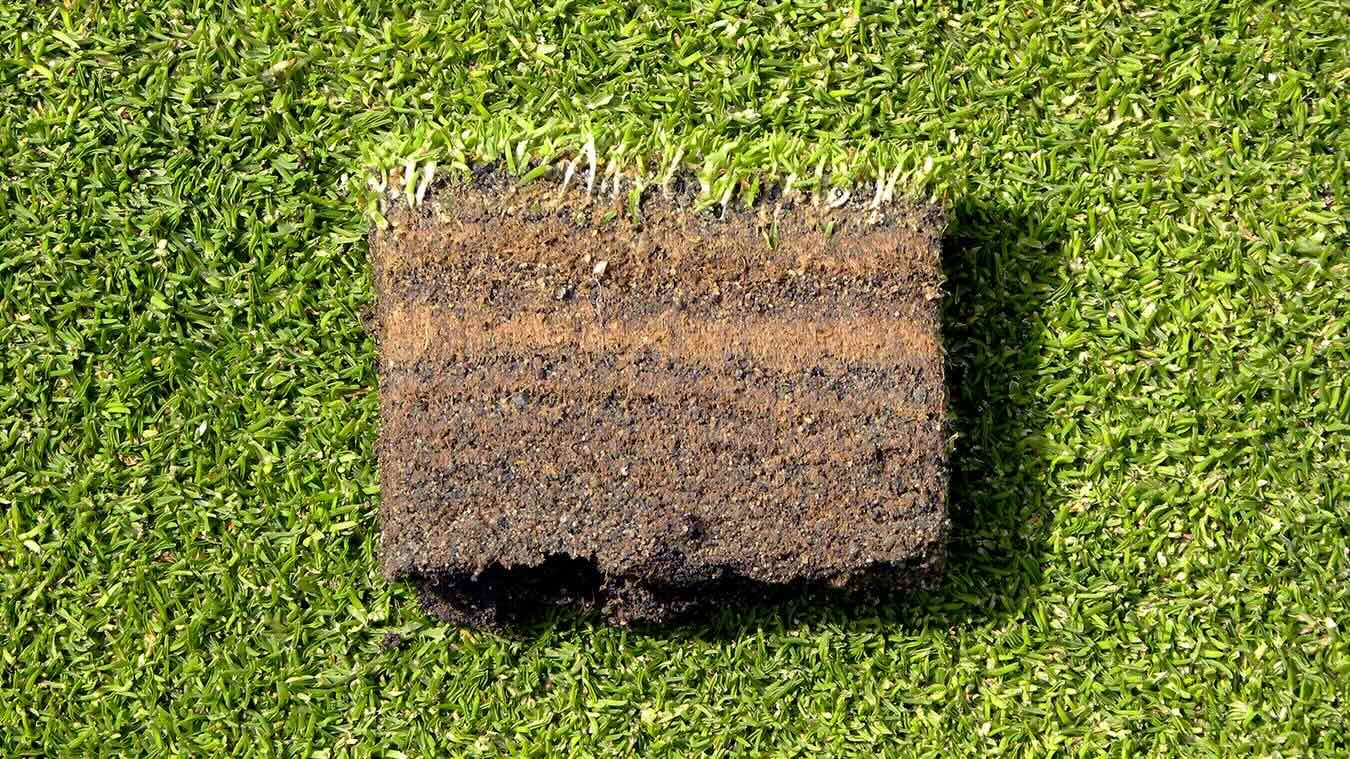
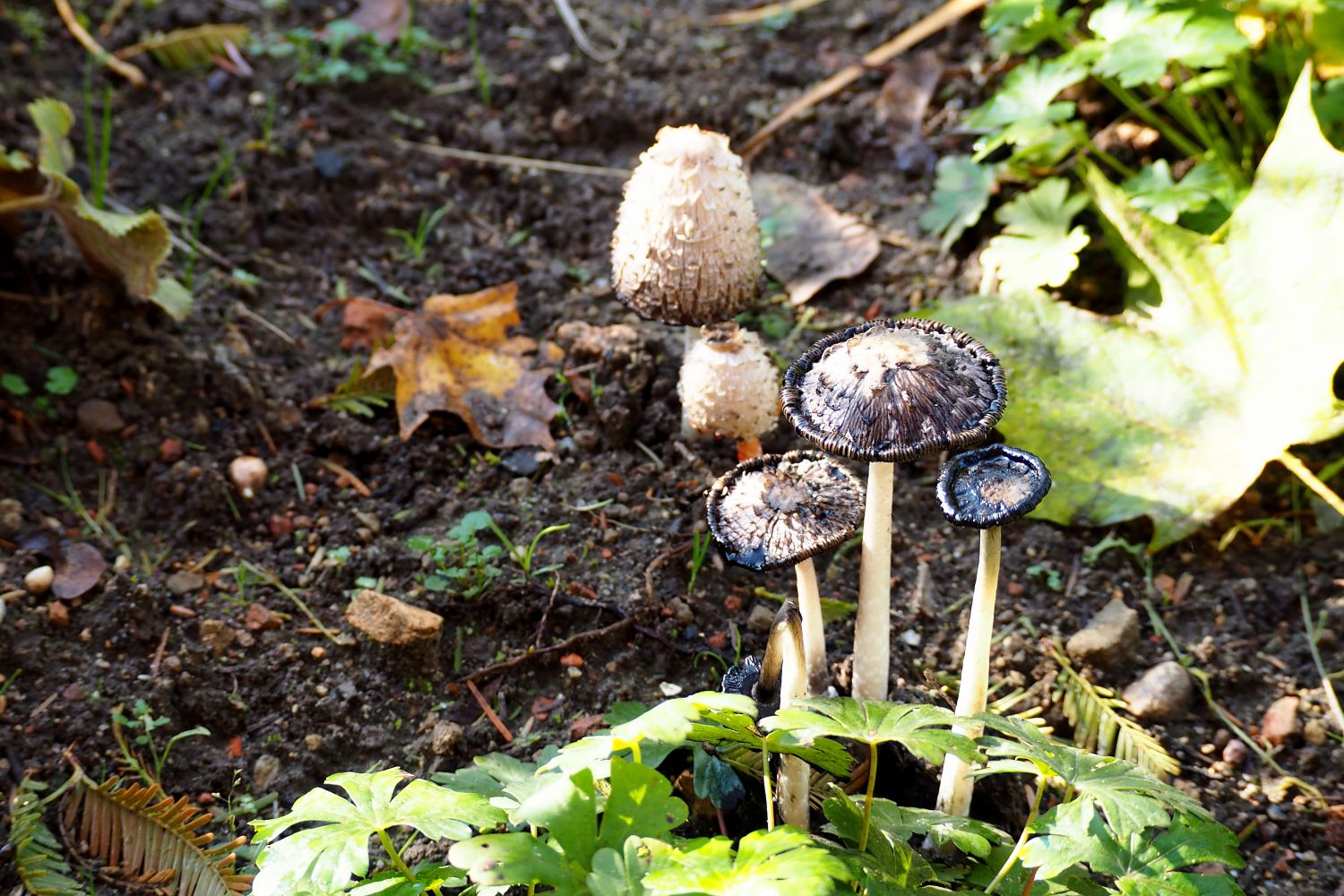
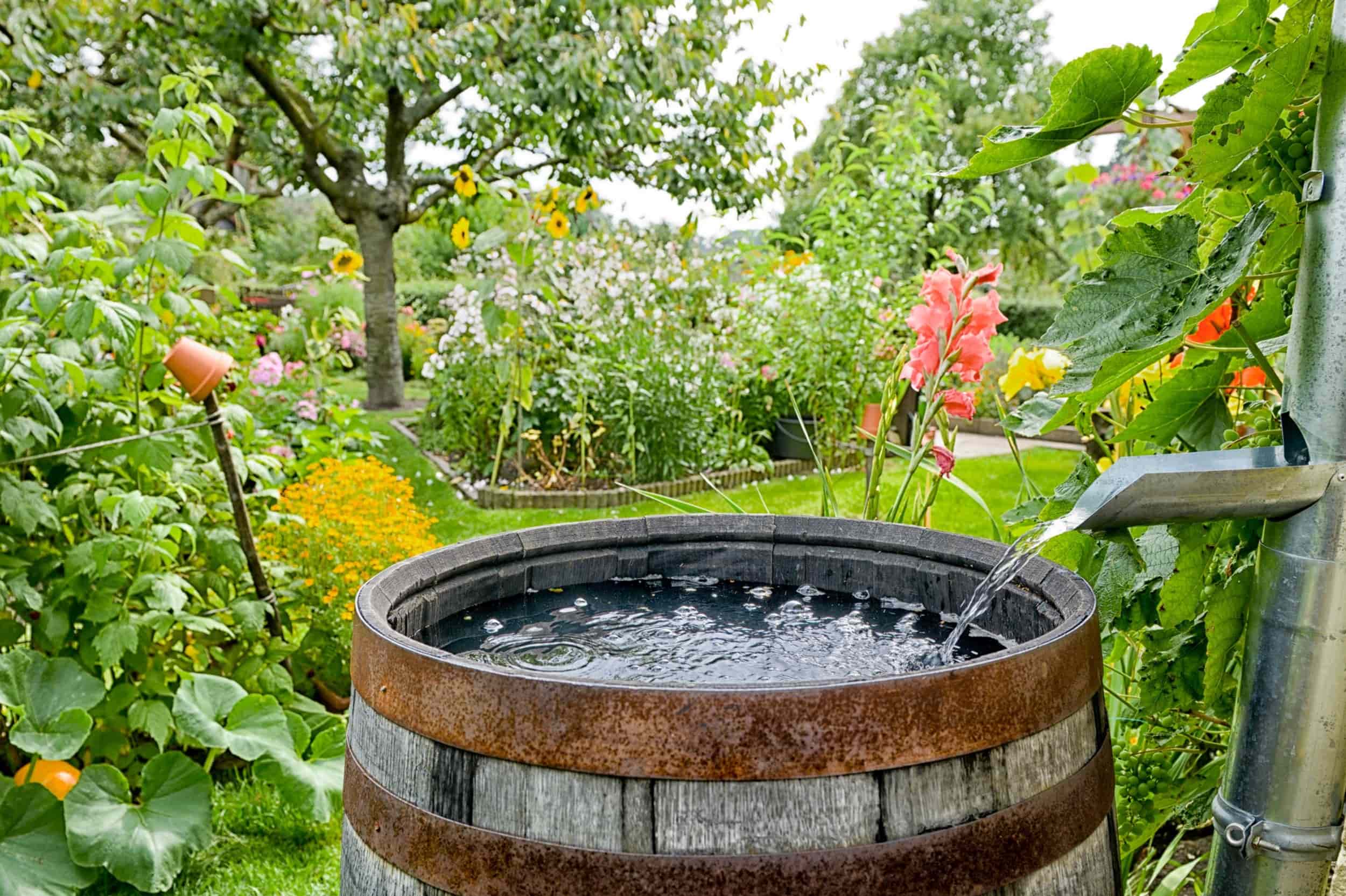
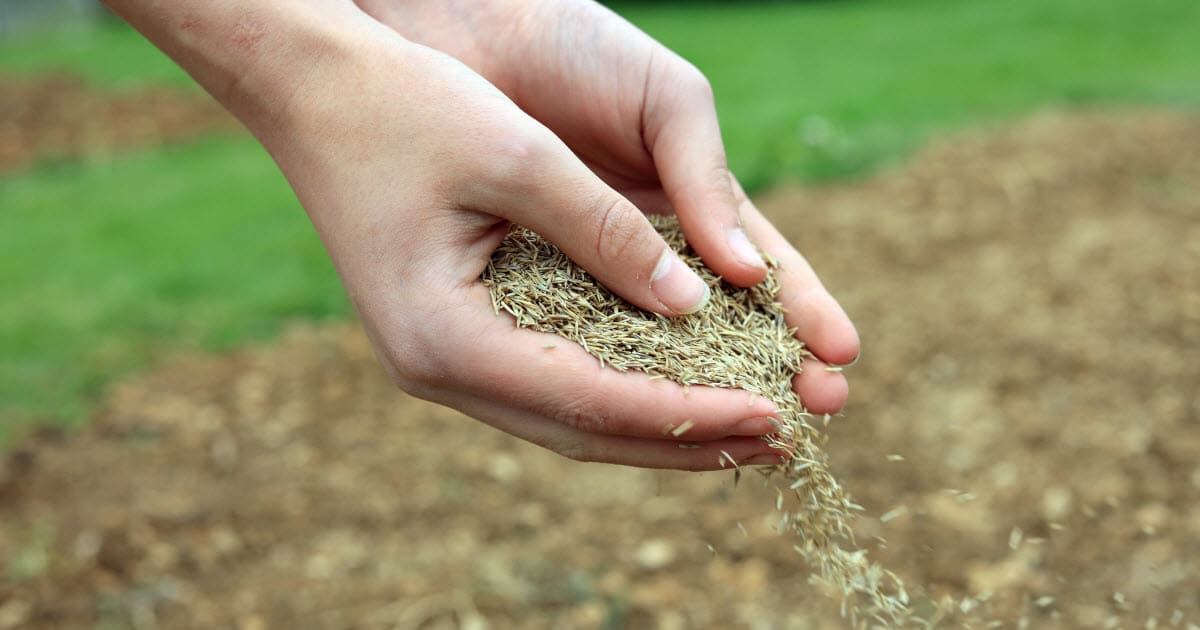
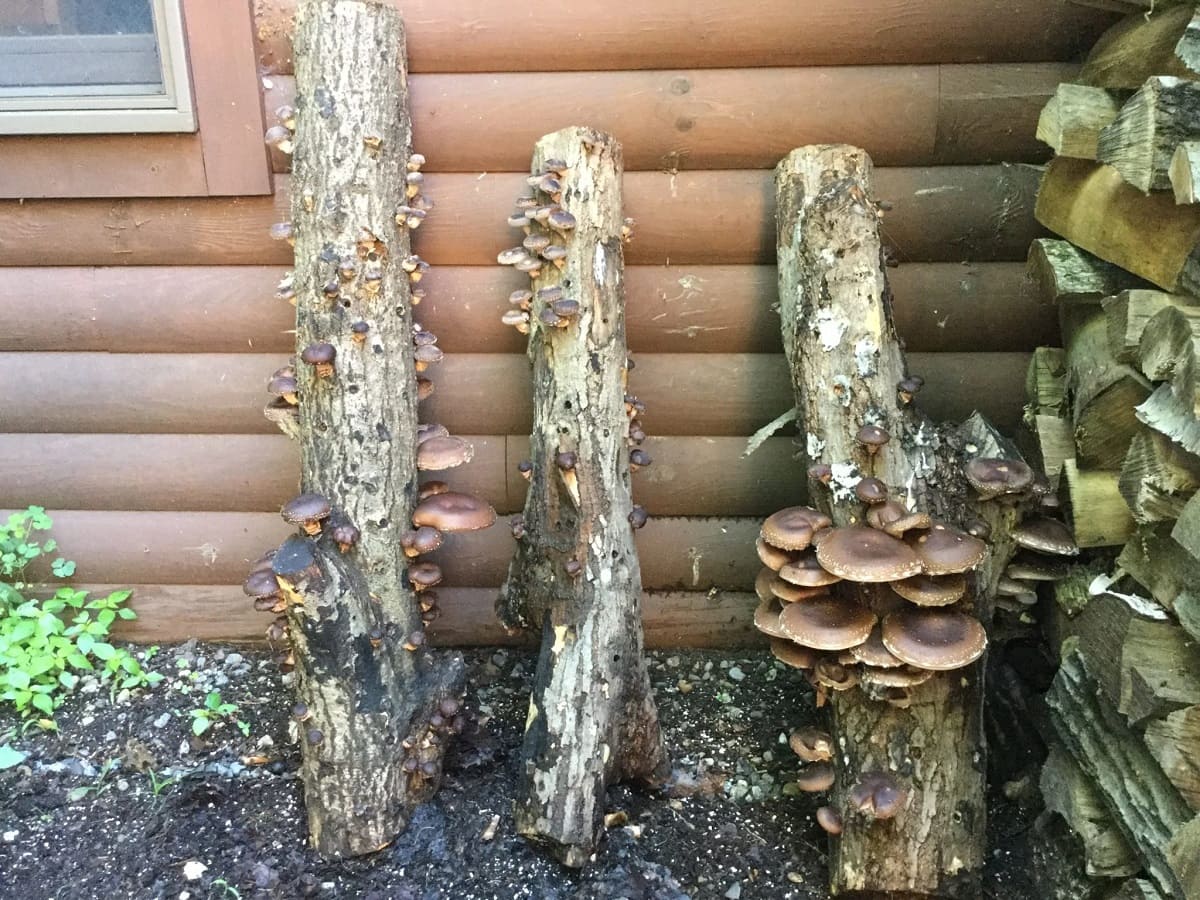
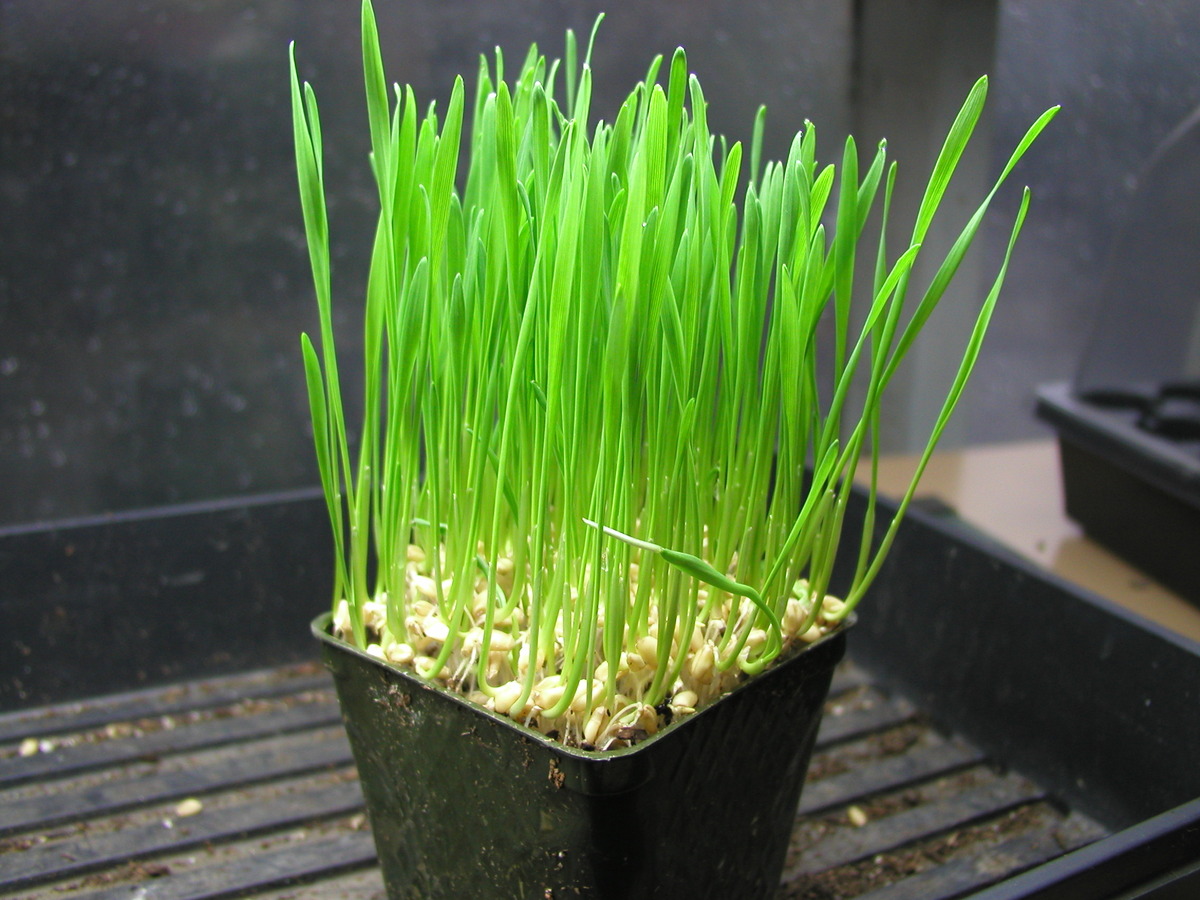
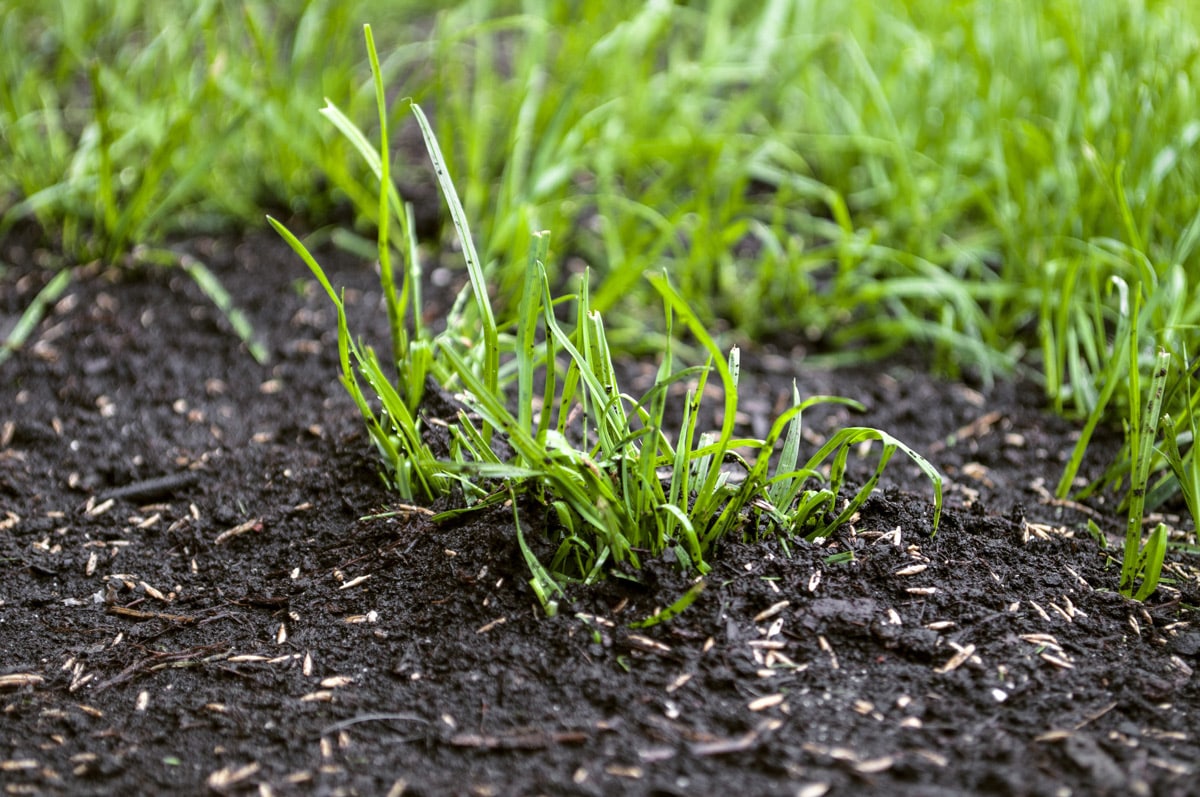
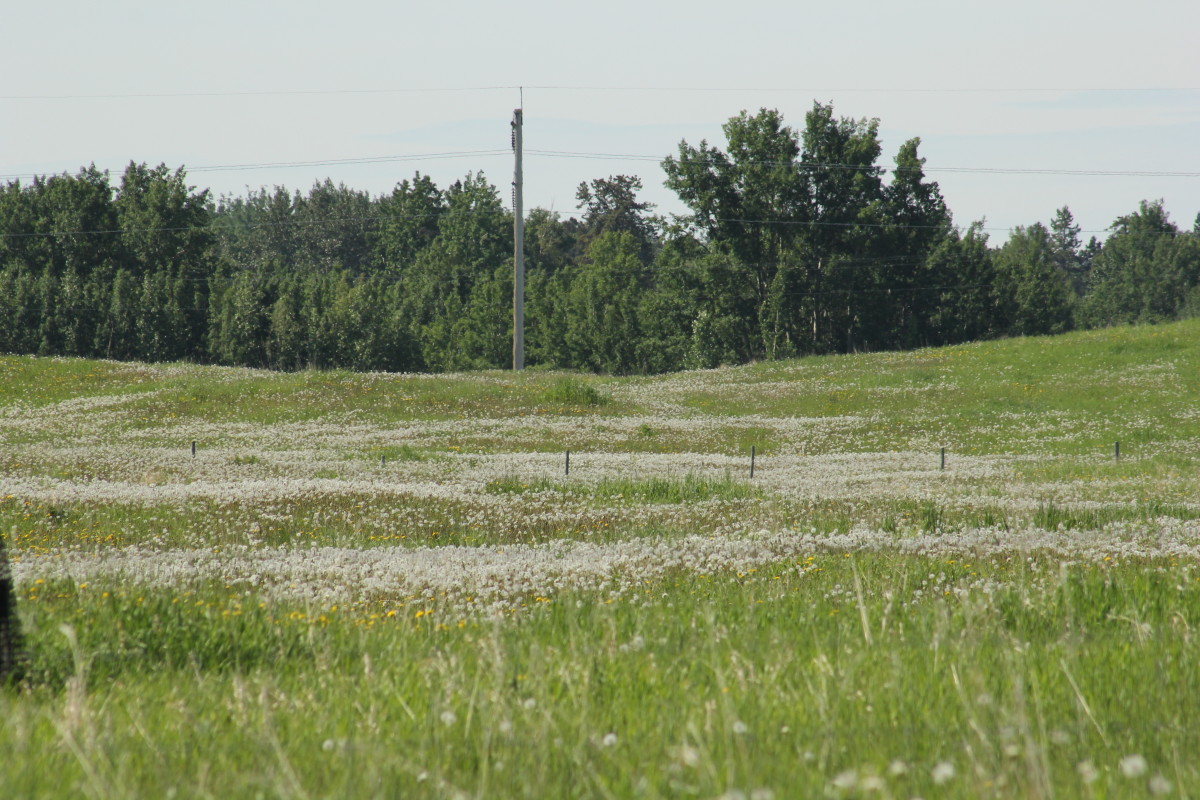
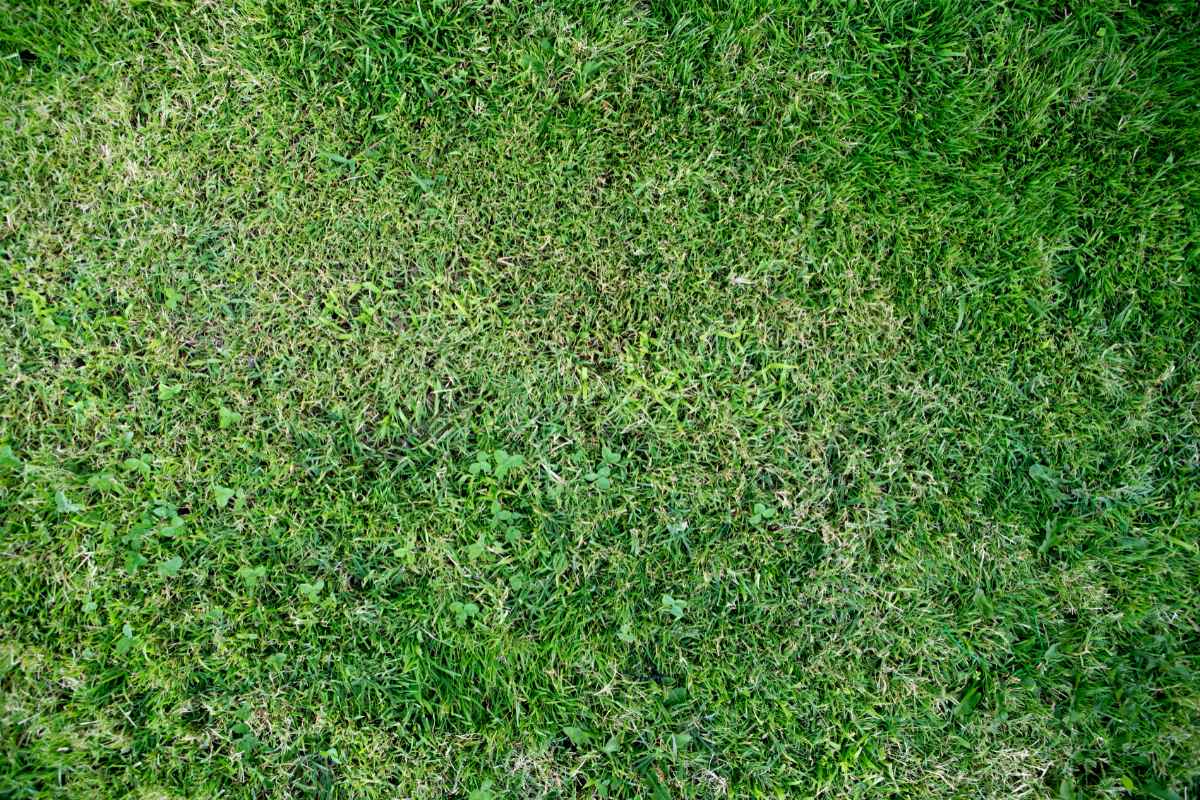
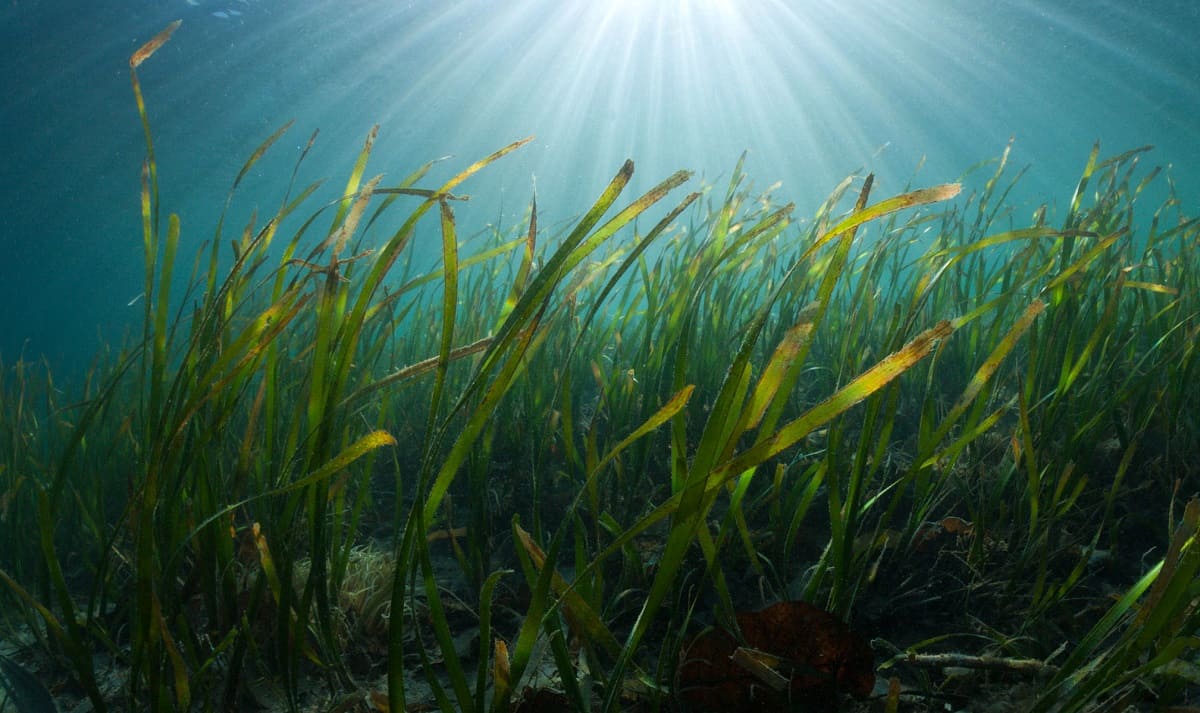
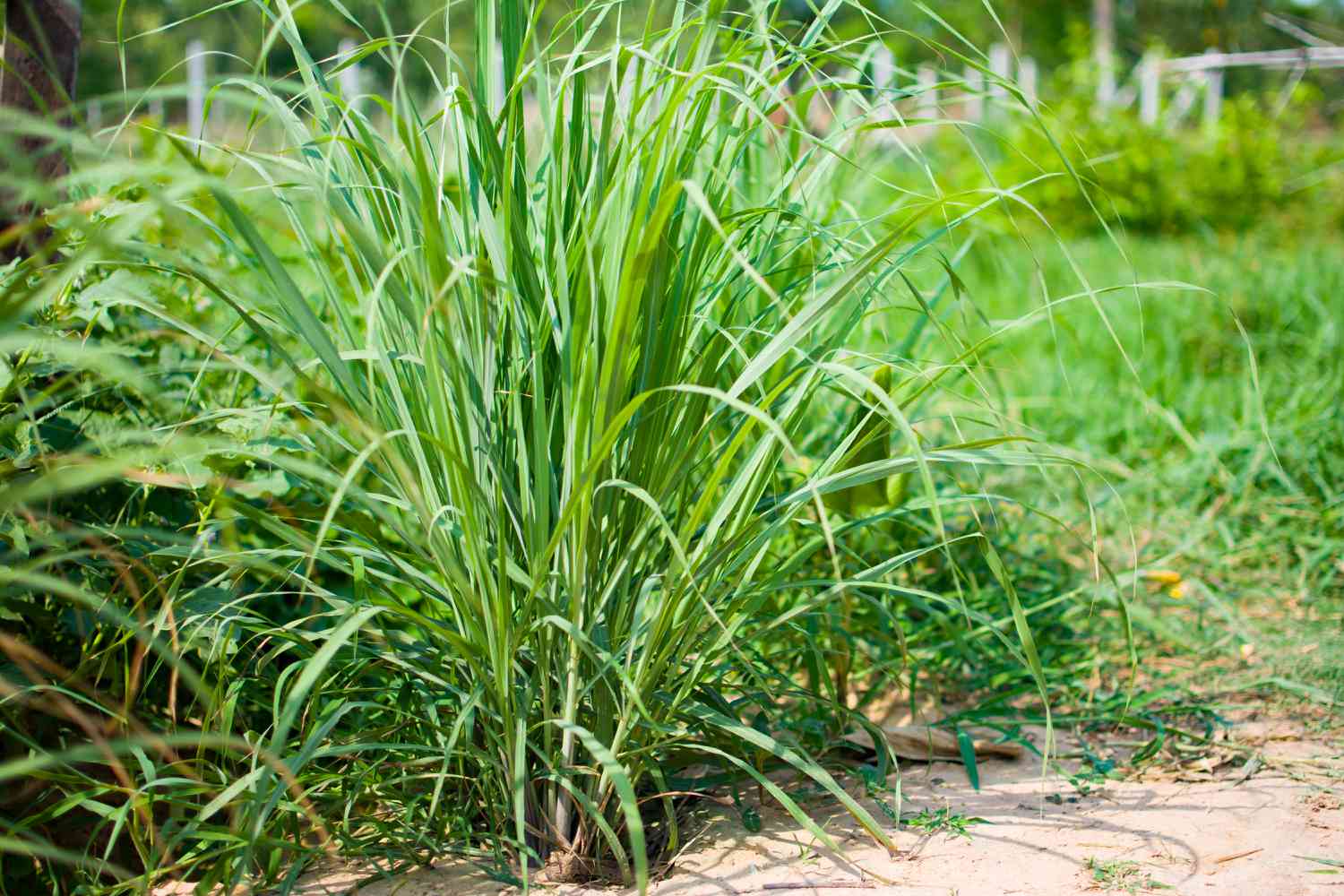
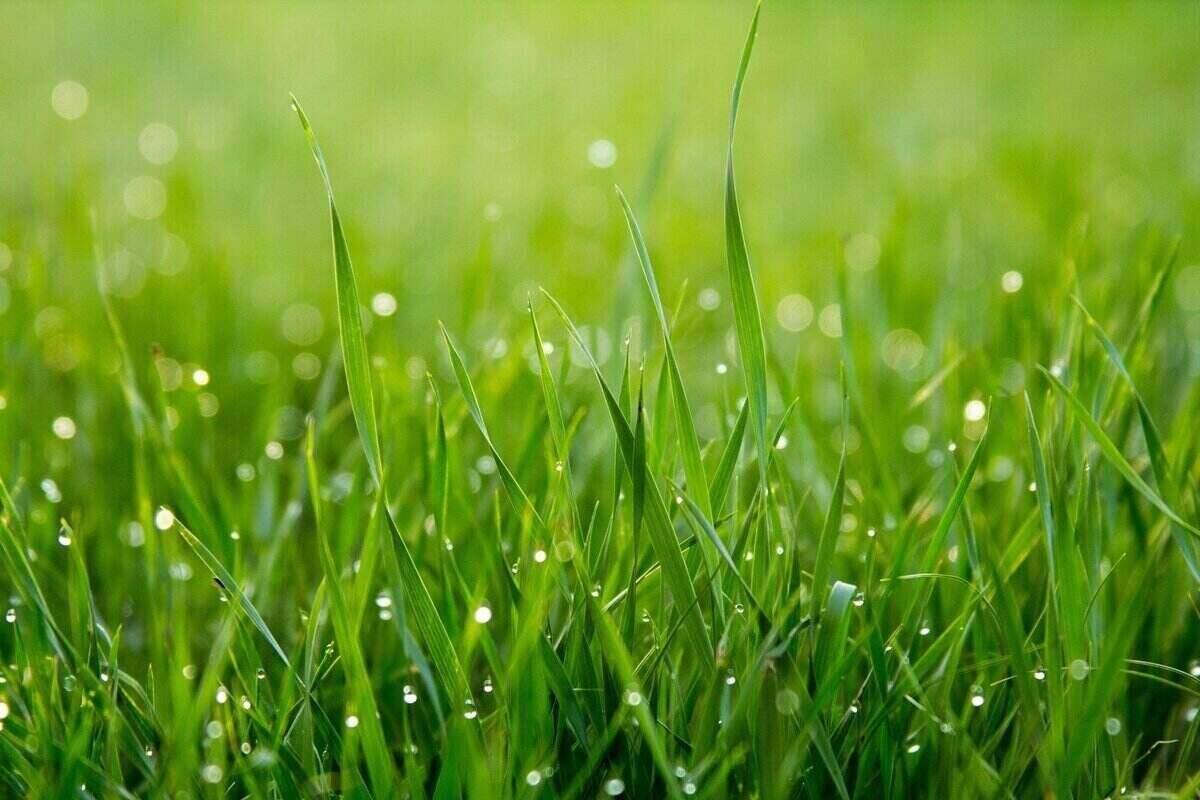
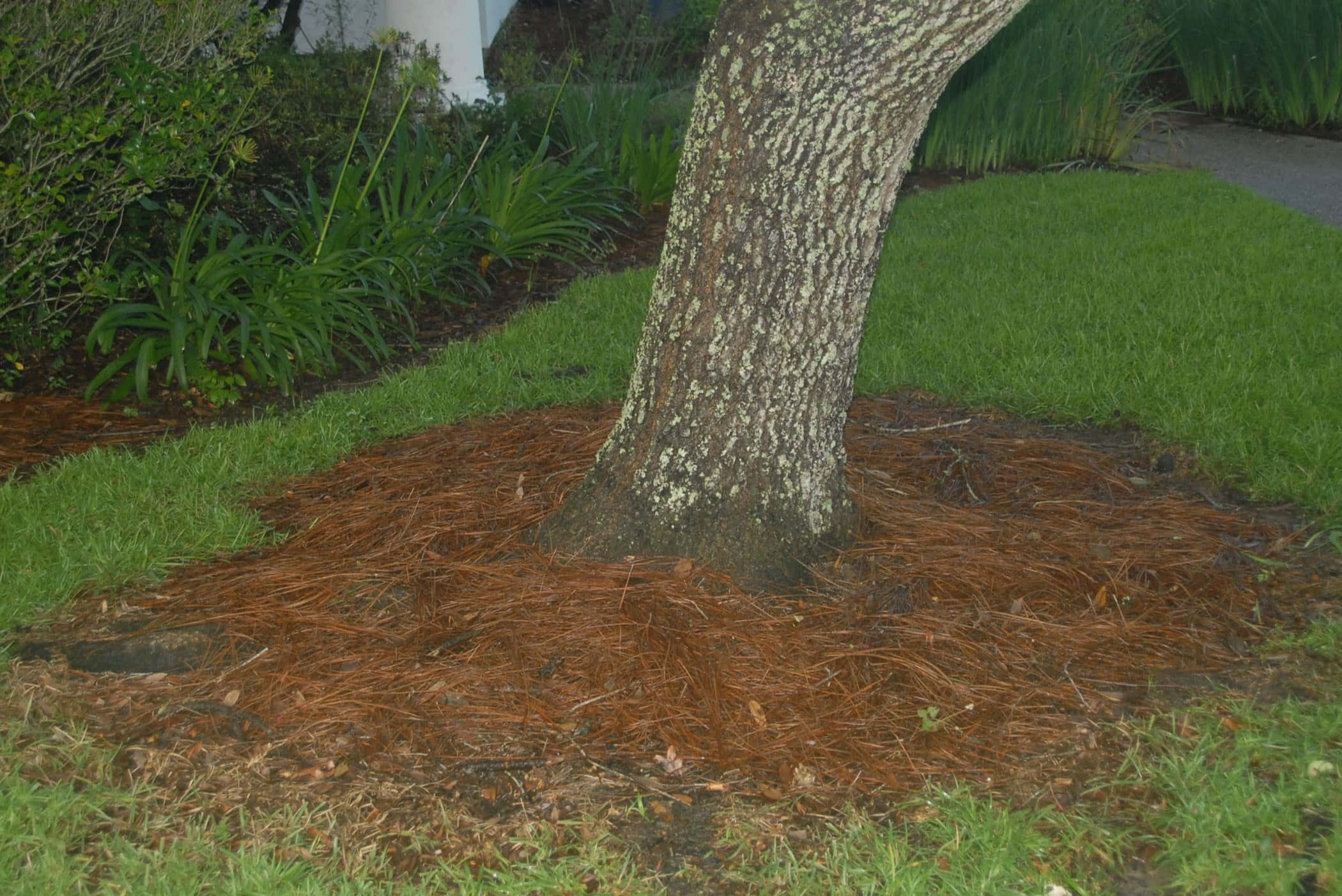
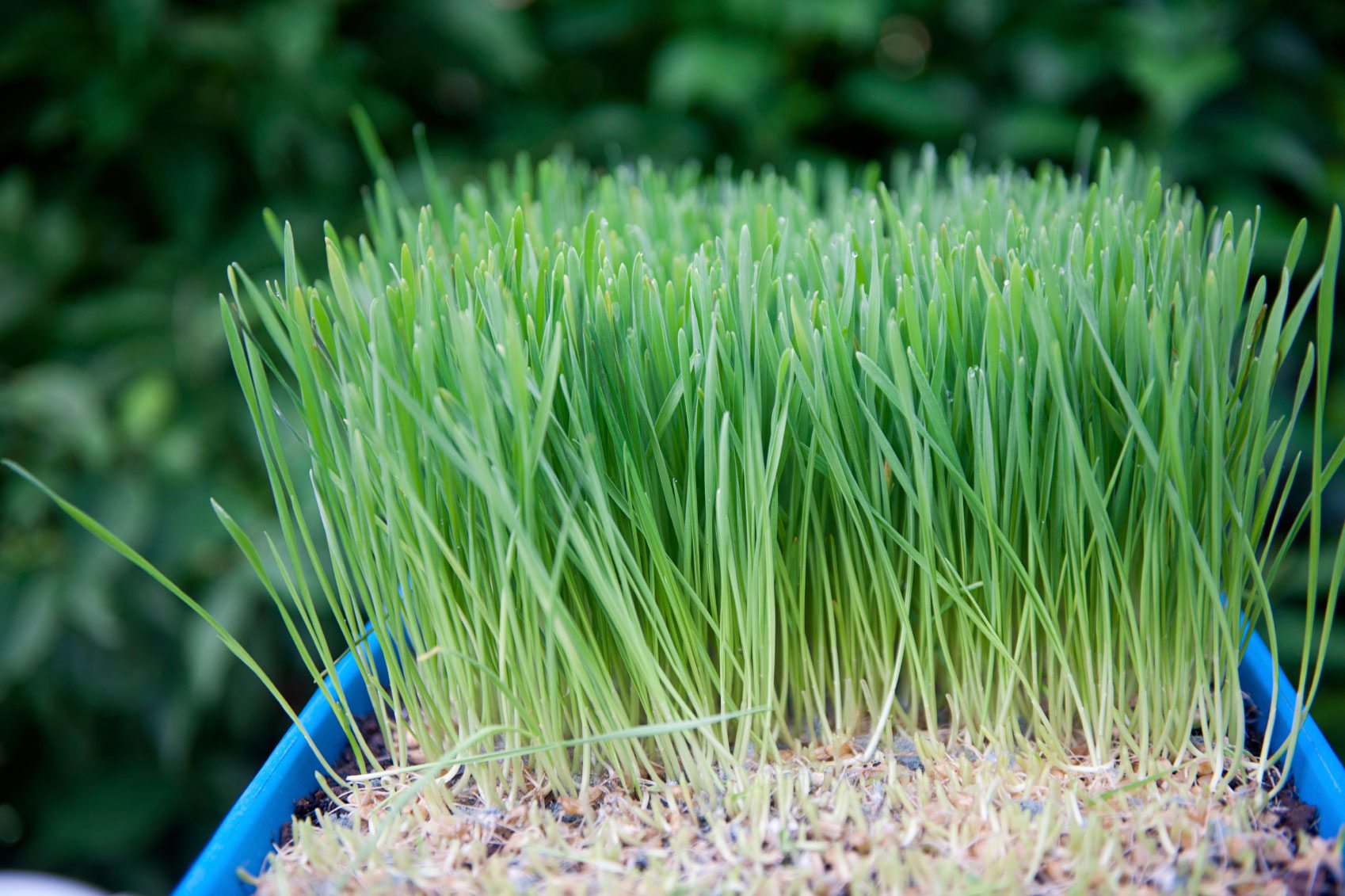

0 thoughts on “Why Does Grass Grow Mushrooms”